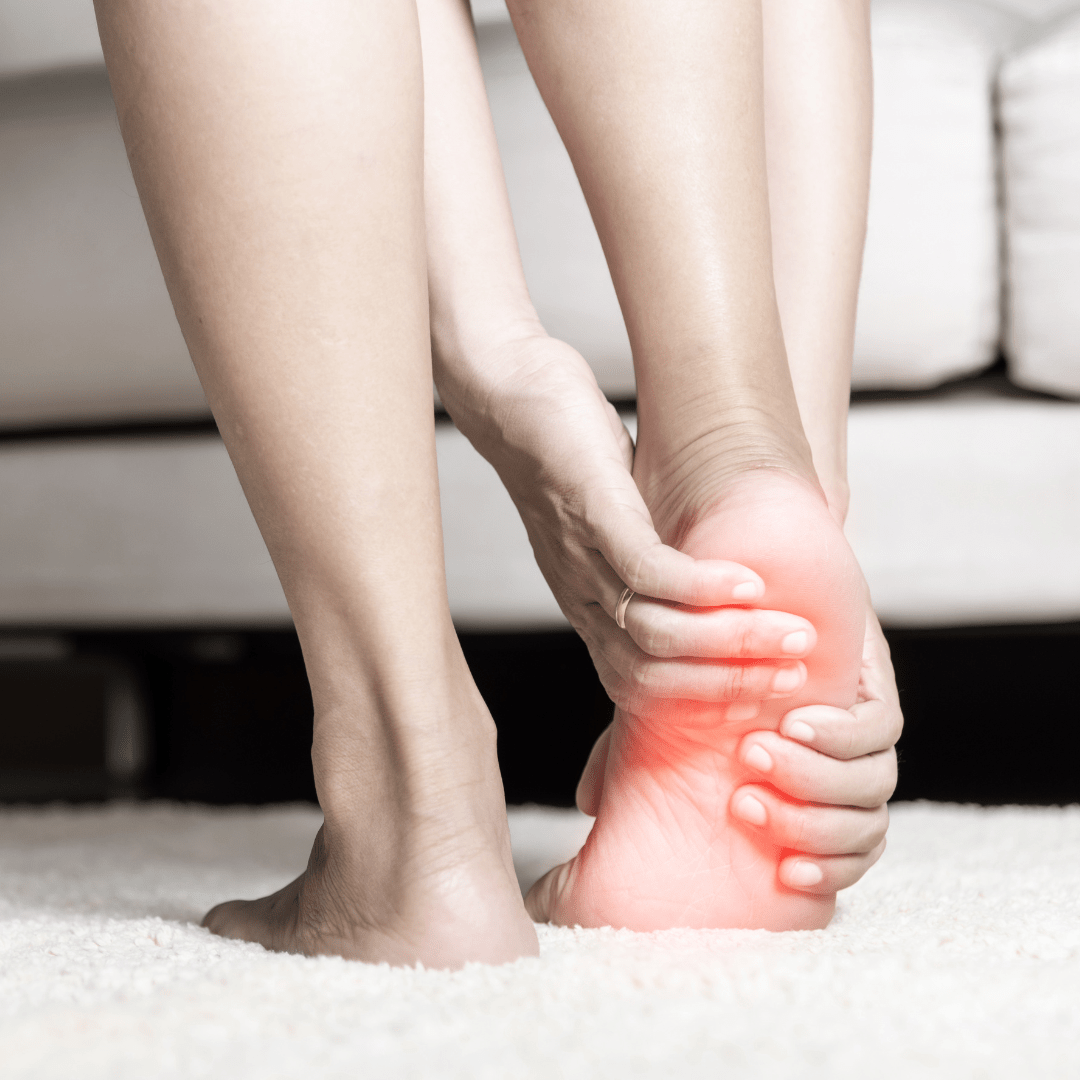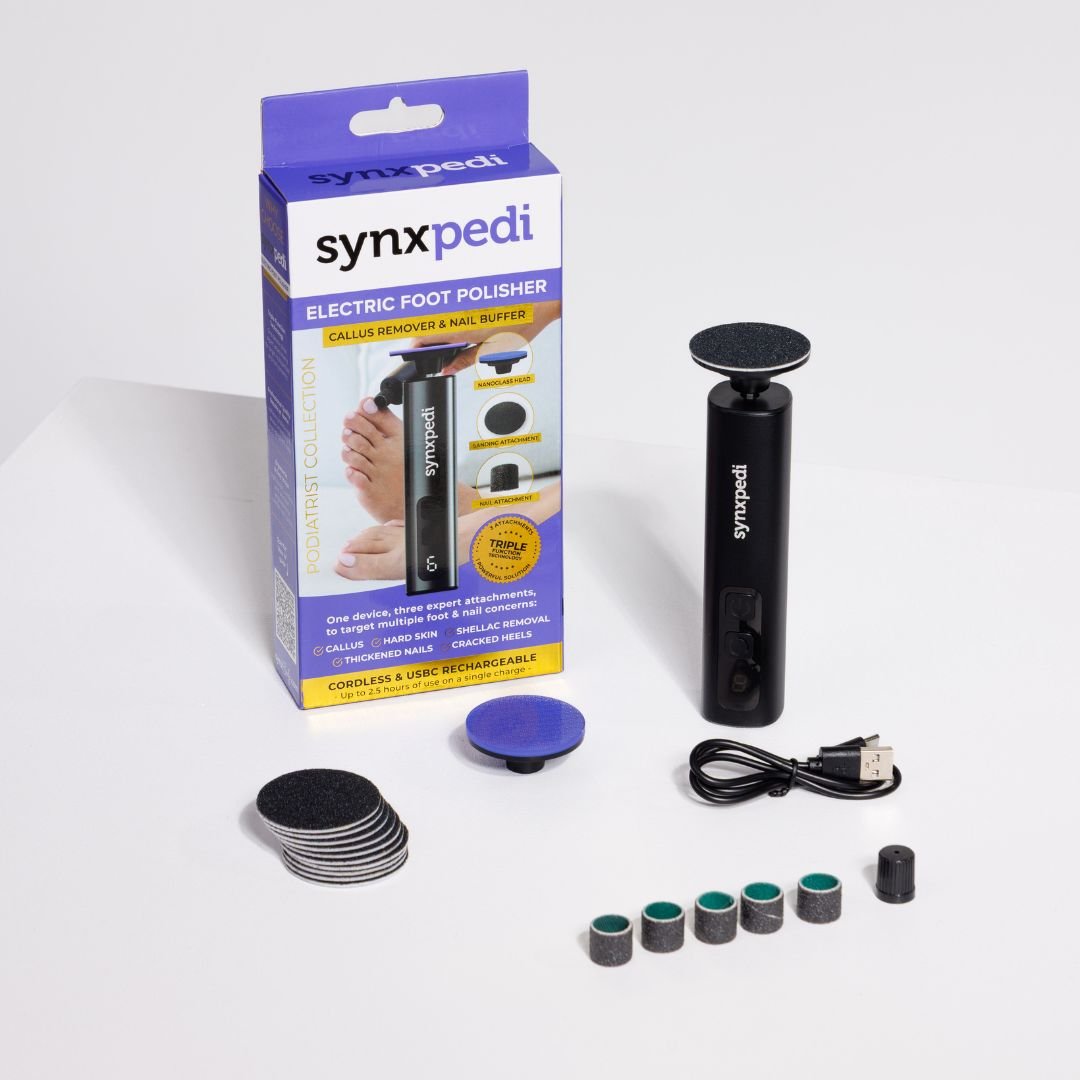Sciatic pain can be immensely unbearable at times. It can feel like a hot, stabbing knife like pain in your hip area and can often travel down your leg. Sciatica occurs when one or more nerve roots from the L4 to S3 vertebrae are irritated or compressed due to conditions such as a herniated disc, stenosis, or degeneration.
Sciatica – It can be a real pain in the butt. So anyone experiencing this debilitating pain knows all too well, that sciatic nerve pain can leave you feeling miserable prevents you from doing your day to day activities. In this article we’ll be exploring the ins and outs of sciatica and how you can best heal this condition using non-invasive therapies.
What is it?
The sciatic nerve is the longest and largest nerve in the body, which is as thick as one of your fingers, where it arises in the lower spine. It then travels from your lower back through your hip and buttocks area and down your leg. When pressure is placed on this nerve in the lower back or buttocks pain can be experienced in this region accompanied by tingling, ‘pins and needles’, numbness and sometimes muscle weakness in the leg. This group of uncomfortable, and often intolerable, symptoms is termed ‘Sciatica’.
There are many causes for sciatica, some include:
- Herniated disc – Bulging of the intervertebral disc that cushion the vertebrae
- Bony growths (Osteophytes) – Bone spur or growth on the edge of a joint which may become painful after rubbing on nearby bone or nerves
- Piriformis syndrome or gluteal spasm – Muscle spasm in piriformis or gluteal (buttock muscles) cause the muscle to become tight, and swollen which in turn increases pressure on the sciatic nerve
- Lumbar stenosis – Narrowing of the lumbar spinal canal which increases pressure on the sciatic nerve
- Spondylolisthesis – A condition in which one vertebra slips forward over another one
- Pregnancy
What treatments are available?
- Acupuncture & dry needling: Is very useful when the piriformis (a band-like muscle located in the buttocks near the top of the hip joint), or gluteal (the large fleshy muscles of the buttocks) muscles are involved. By applying pressure to knots and trigger points through massage, compression, or dry needling (using acupuncture needles into trigger points), tension can be released and therefore pain and pressure reduced on the sciatic nerve.
-
Laser: Low level laser therapy works at the cellular level, changing the mitochonndria. Once normal mitochondrial function is restored then cell metabolism is improved, reducing inflammation and encouraging healing so the patient gets better more quickly.

- Shockwave therapy: Acoustic waves generated by the Shockwave trigger biological effects which lead to faster and long-term healing and regeneration of the tissue.
- Hip Mobilisation: Gentle joint mobilisations guide the pelvis into the most optimal position without increasing pressure on the sciatic nerve. Hip mobilisations can be carried out by physiotherapists, chiropractors and podiatrists trained in hip mobilisation.
- Taping: Reduces strain on surrounding muscles that may be affecting the sciatic nerve. Rocktape is a very easy to use, effective tape for releasing pain associated with sciatica. You can also wear it in the shower and leave it on for a few days at a time which is really convenient.
- Orthotic Therapy: Improves postural alignment which may affect hip position and heel lifts may address any leg length differences that could be causing or contributing to the sciatic pain. If you haven't tried orthotics before, a neutral and gentle off the shelf orthotic such as Synxsole is recommended. Made from soft materials and recommended by the Australian Podiatry Association it is a safe alternative to try when recovering from sciatic pain.
- Heat: Heat packs and topical heat rubs such as tiger balm can also be helpful when treating sciatica. When experiencing pain from spasmed muscles, heat and topical application of heat can help to relax the spasmed muscles providing instant pain relief and soothing.
- Surgery: If required to reduced pressure on the sciatic nerve.
With a host of treatment options available there’s no need to suffer the pain of sciatica alone. To find out more about some of the products listed above and how you can relieve sciatic pain, visit our online store now.






